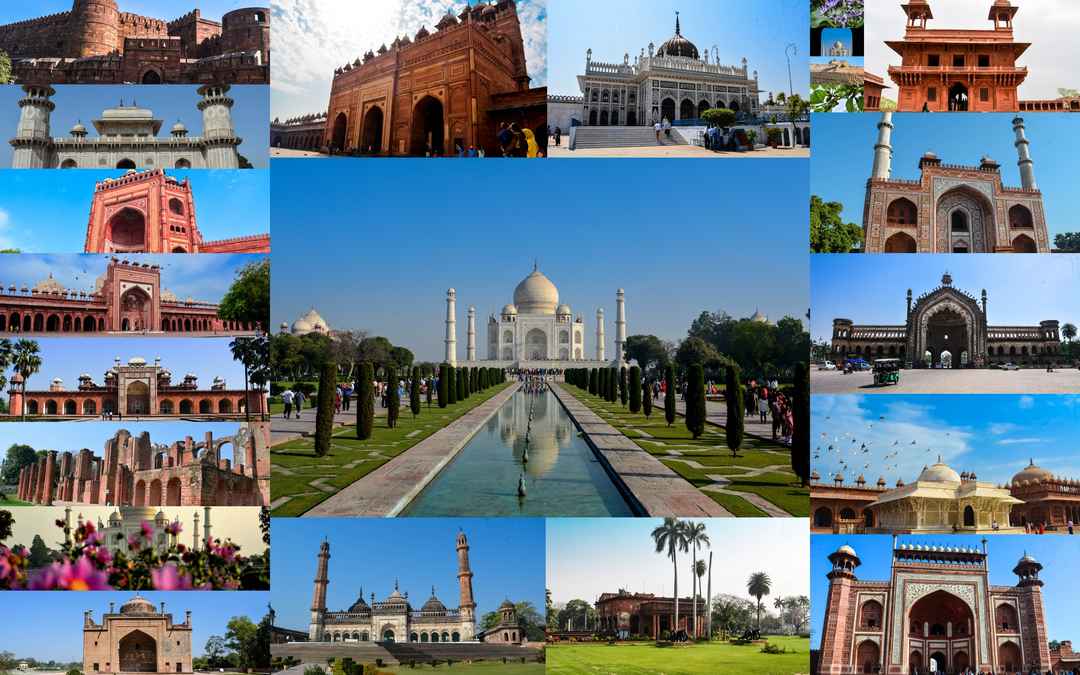Font size:
Print
Ladakh: Battling the Dual Threats of Climate Change and Overtourism
Context:
Ladakh, a high-altitude cold desert region nestled between the towering peaks of the Himalayas and Karakoram ranges, known for its breathtaking landscapes and unique biodiversity, is facing significant environmental challenges.
More on News:
- Depiction of the snow leopard encounter in Ladakh perfectly captures the region’s stark beauty and the profound impact of climate change on this fragile ecosystem.
- As tourism numbers increase the region faces growing pressure from unregulated development. These challenges are altering landscapes, affecting local communities, and threatening the environment.
Climate Change:
- Ladakh’s cold desert climate is undergoing rapid changes. Traditionally known for its harsh winters and minimal rainfall, the region is now experiencing warmer temperatures and unpredictable weather patterns.
- For instance, the famous ‘chadar’ trek over the frozen Zanskar River had to be curtailed in January 2024 because the river did not freeze as expected.
- January temperatures in Leh reached a maximum of 4°C, compared to the usual -5°C.
- Glaciers in the Pangong region have retreated by approximately 6.7% between 1990 and 2019.
- This not only threatens the water supply for local communities but also disrupts traditional agricultural practices and the overall ecological balance.
Overtourism:
- Ladakh’s stunning landscapes attract hundreds of thousands of tourists each year. In 2023, the region saw an estimated 7 lakh visitors.
- While tourism is a vital source of income for the local economy, the sheer volume of tourists is putting immense pressure on Ladakh’s limited resources.
- The narrow valleys of the Indus, Shyok, Nubra, and Zanskar rivers are not equipped to handle such a large influx of people.
- The environmental impact includes increased waste, water scarcity, and damage to delicate ecosystems. Unregulated tourism exacerbates the effects of climate change, making the region even more vulnerable.
Learning from Global Best Practices
Ladakh’s challenges are not isolated. Similar issues of climate change and over-tourism have affected other regions globally, offering valuable lessons that could inform policy changes in Ladakh.
- Costa Rica:
-
-
- Costa Rica is globally renowned for its sustainable tourism model, which integrates environmental protection with responsible tourism.
- The country’s land is protected as national parks, wildlife refuges, and conservation areas.
- The country promotes ecotourism by offering visitors activities such as wildlife watching, rainforest treks, and visits to volcanoes while ensuring strict regulations on the environmental impact of tourism.
-
- Bhutan’s High-Value, Low-Impact Tourism Model:
-
-
- The government has established a Sustainable Development Fee (SDF), which requires visitors to pay a daily fee that supports infrastructure development and environmental conservation initiatives.
- Additionally, by limiting the number of tourists, Bhutan prevents overburdening its infrastructure and environment.
-
- Cappadocia’s Responsible Tourism Policies:
-
-
- Cappadocia in Turkey faced rapid tourism growth similar to Ladakh’s, driven by its otherworldly landscapes and unique geological features.
- Local authorities introduced strict regulations, limiting hotel construction and restricting vehicle access to certain areas.
- They have also promoted eco-friendly hotels that are built using local materials, designed to blend into the landscape.
-
- Iceland’s Approach to Mass Tourism and Environmental Preservation:
-
-
- The Icelandic Tourist Board plays a crucial role in promoting sustainable practices, including the establishment of the Vakinn certification, which recognises tourism providers that operate sustainably.
- Promoting sustainable practices like geothermal energy usage and eco-friendly accommodations.
- The country has invested in sustainable infrastructure, such as the upcoming Bus Rapid Transit (BRT) system in Reykjavík, which will utilise clean fuels and include bicycle facilities.
-
- Tanzania’s Ecotourism Model:
-
-
- Tanzania has successfully integrated conservation and tourism in its national parks, where ecotourism is now a key economic driver.
- By offering eco-friendly safaris and ensuring that park entry fees contribute directly to wildlife conservation, Tanzania has been able to protect its biodiversity while still attracting tourists.
- The Resilient Natural Resource Management for Tourism and Growth (REGROW) project exemplifies Tanzania’s commitment to enhancing ecotourism through community engagement and infrastructure development.
-
Way Forward:
- Implement Green Hospitality: Encouraging the development of green hotels and eco-friendly guesthouses that utilise renewable energy (such as solar power) and sustainable waste management systems is crucial.
- Regulated Tourist Influx: Introducing a tourist quota system or seasonal caps could help reduce the pressure on infrastructure and natural resources during peak tourist seasons.
- By creating a sustainable development fee similar to Bhutan’s model, Ladakh can ensure that tourism revenue is reinvested into local infrastructure, waste management, and conservation projects.
- Community-Based Tourism: Initiatives such as homestays, locally guided eco-tours, and cultural immersion programs can provide alternative income streams while preserving Ladakh’s cultural and environmental integrity.
- Protecting Biodiversity and Traditional Livelihoods: Introducing stricter regulations for trekking and wildlife viewing could help protect vulnerable species.
- Encouraging traditional livelihoods such as high-altitude farming and livestock rearing, which are more resilient to Ladakh’s climate, would promote sustainable community development.


